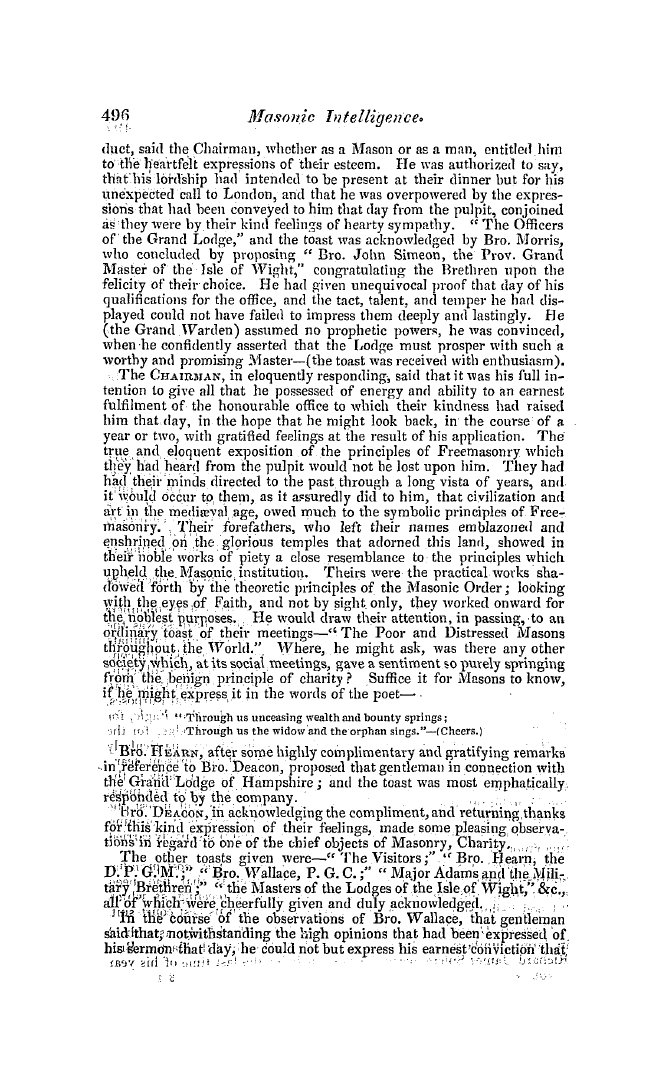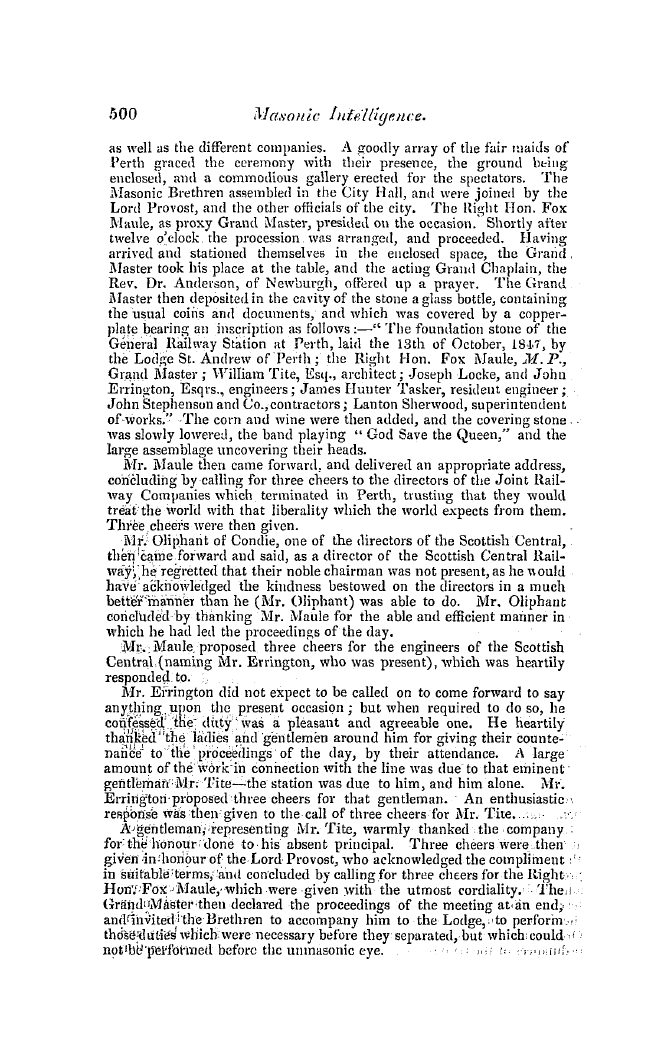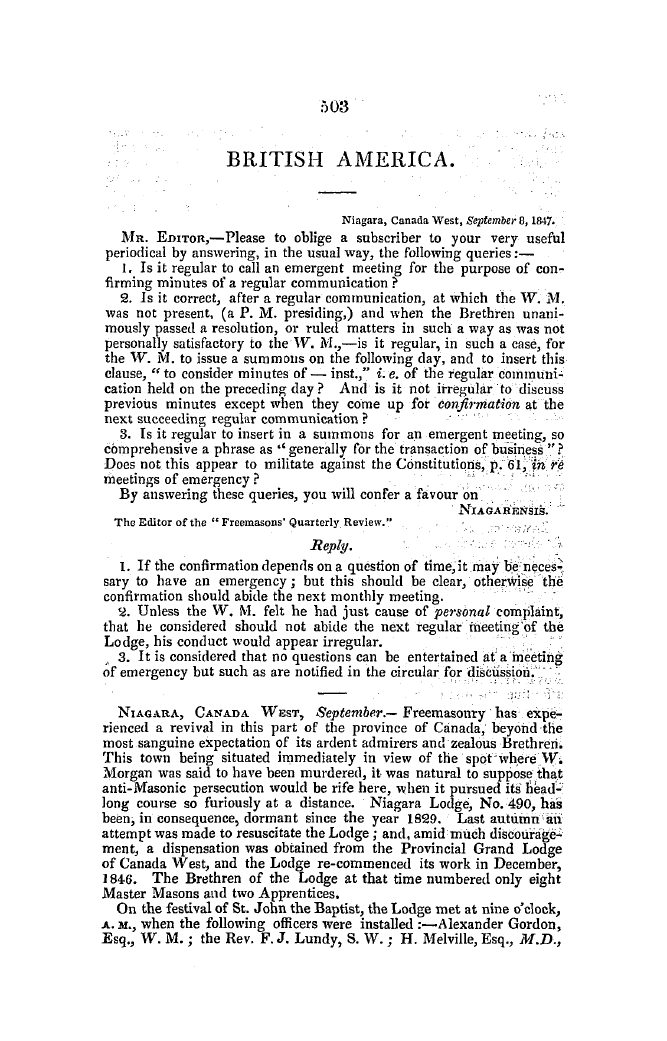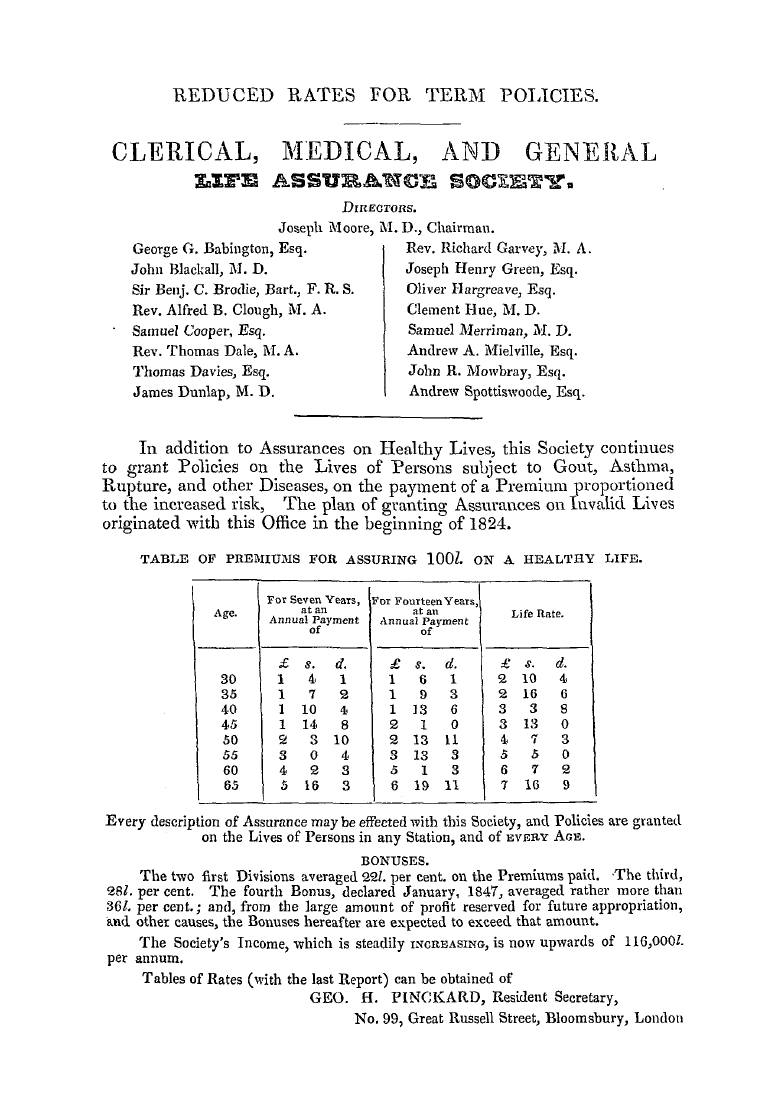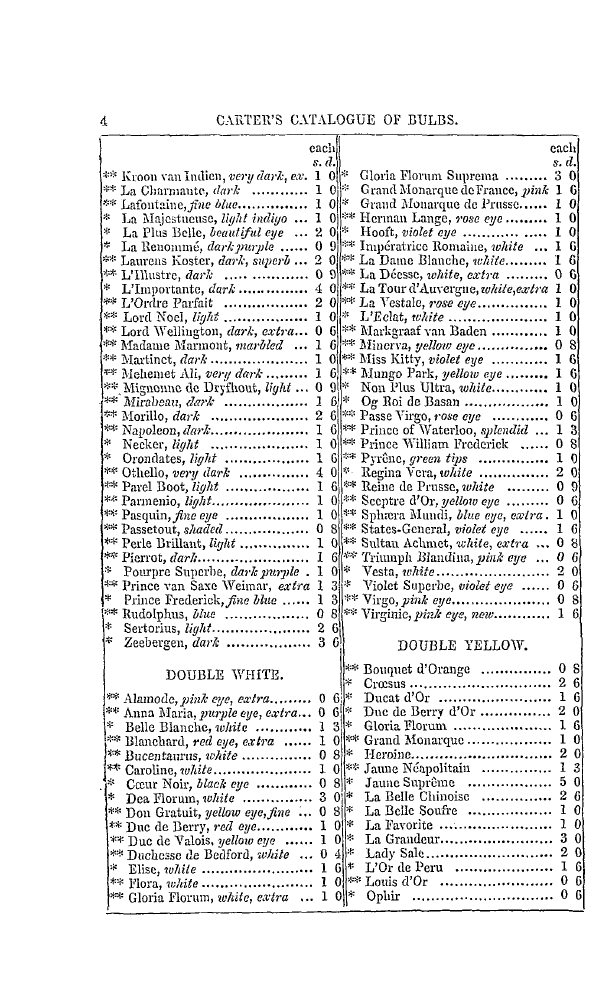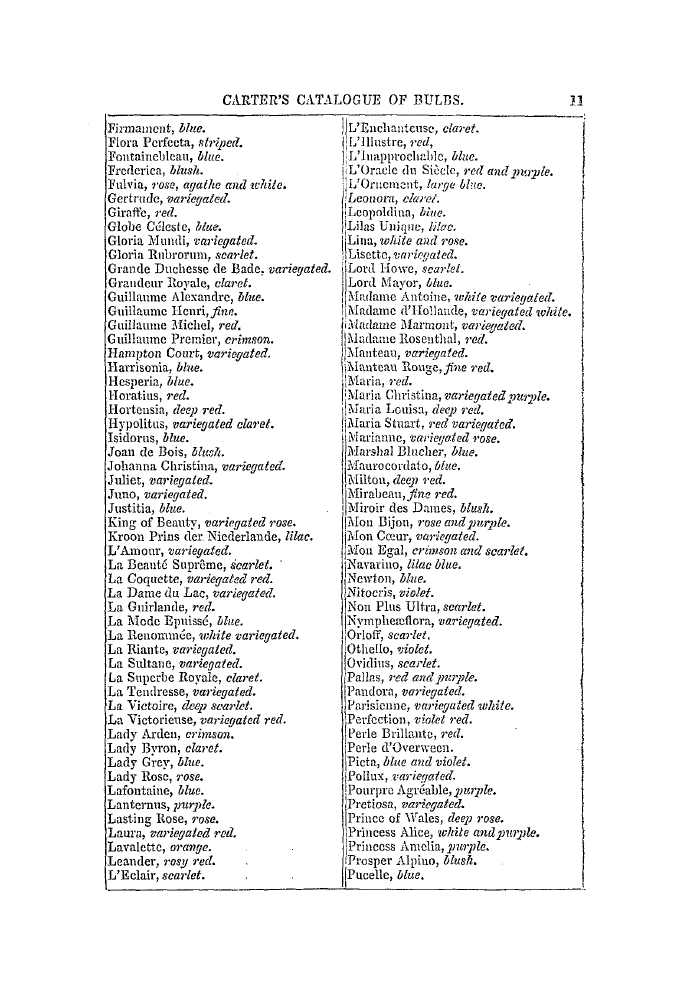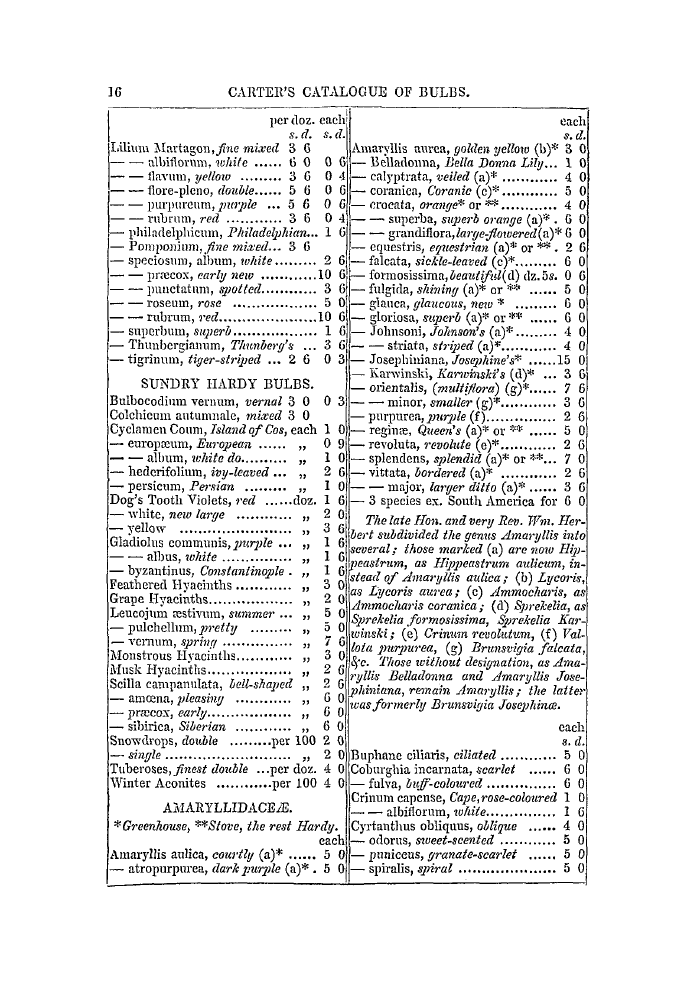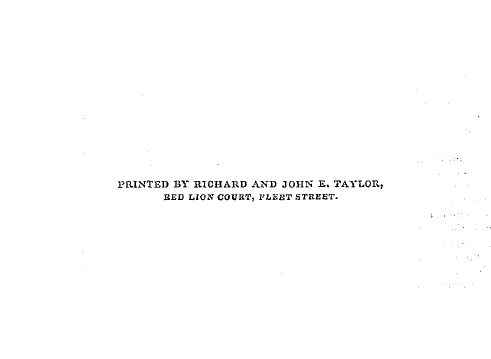-
Articles/Ads
Article ON THE STUDY OF MASONIC ANTIQUITIES. ← Page 3 of 16 →
Note: This text has been automatically extracted via Optical Character Recognition (OCR) software.
On The Study Of Masonic Antiquities.
Proceeding with our mental survey , the gloom of ancient days seems gradually dispelled as the spirit of the place evokes the dim shadows of the PAST . We would here re-people in fancy the deserted court and gloomy aisles—rekindle the devotional flame in the midst of the sacred adytum—re-animate . the visionary forms of priest , hierophant , and devotee—and realize the awful but splendid rites of ancient Indian initiation . We would unravel the intricacies of a dark and obscure
mythology , unveil its hidden emblems , and endeavour to penetrate the mystery of its presiding deity . These would be our speculations on contemplating the wonders of Elora , and these are matters upon which we must necessaril y dwell in conducting our researches into the mysteries of ancient India . The Egyptian temples , as has been shown , bear their own imperishable records in hieroglyphical deviceswhich are open to the worldbut
, , unintelligible to modern Egyptians ; here , on the contrary , the temple contains no record , but abounds with emblems whose meaning is not unknown to the learned Brahmin . The emblem thus in India performs the part of the hieroglyphic in Egypt ; and if we cannot , bv its agency , restore the primitive history of these wondrous excavations , it will at least assist us in endeavouring to divine their primitive purposes .
As far , however , as their relative history is concerned , it may be remarked , that many reasons can be adduced to show that the Hindoo temples were excavated subsequently to the Nubian caverns , and are not of equal antiquity with many of the structures of northern Egypt . There are , however , many features in the Indian temples , symbols / and mysteries , which bear a striking resemblance to those of E gypt , and clearly manifest the identity of their common origin . That the rock-cut temples of India are of a remote antiquity is most
unquestionable . They have witnessed the alternate sway of Brahman , Buddhist , and Mahomedan ; and though their courts are deserted as places of worship , they contain , as has been observed , relics of a superstition still practised by the Hindoos . * But in regard to their primitive application . In the earliest ages of the world the deep shade of solemn groves and the gloom of natural caverns were selected as fit places to inspire the
devotions of mankind . The solitude and deep influence of such scenes were calculated to chasten the mind , impress it with reverential awe , and kindle sentiments of religious feeling . Thus , the Gymnosophists . or early Brahmins of the East , as well as the Druids of the West , imparted religious instruction , and lessons in science , knowledge , and philosophy within the bosom of their consecrated groves , or in the deep recesses of their sacred caves .
The cavern thus consecrated to spiritual purposes was at first regarded with a feeling of sanctity , and afterwards became a sacred spot in the estimation of the multitude . And as to the rites there practised , it may be observed , that the worship of the solar orb and the adoration of fire formed , in ancient India , a striking resemblance to the earliest rites of Mithras . The elements and progress of this worship have been discussed in the previous chapter . From the peculiar union of ASTRONOMY and THEOLOGY , before adverted to—an union resulting from the combination and perversion of the principles of each—the mysterious rites of cavern-worship originated ;
Note: This text has been automatically extracted via Optical Character Recognition (OCR) software.
On The Study Of Masonic Antiquities.
Proceeding with our mental survey , the gloom of ancient days seems gradually dispelled as the spirit of the place evokes the dim shadows of the PAST . We would here re-people in fancy the deserted court and gloomy aisles—rekindle the devotional flame in the midst of the sacred adytum—re-animate . the visionary forms of priest , hierophant , and devotee—and realize the awful but splendid rites of ancient Indian initiation . We would unravel the intricacies of a dark and obscure
mythology , unveil its hidden emblems , and endeavour to penetrate the mystery of its presiding deity . These would be our speculations on contemplating the wonders of Elora , and these are matters upon which we must necessaril y dwell in conducting our researches into the mysteries of ancient India . The Egyptian temples , as has been shown , bear their own imperishable records in hieroglyphical deviceswhich are open to the worldbut
, , unintelligible to modern Egyptians ; here , on the contrary , the temple contains no record , but abounds with emblems whose meaning is not unknown to the learned Brahmin . The emblem thus in India performs the part of the hieroglyphic in Egypt ; and if we cannot , bv its agency , restore the primitive history of these wondrous excavations , it will at least assist us in endeavouring to divine their primitive purposes .
As far , however , as their relative history is concerned , it may be remarked , that many reasons can be adduced to show that the Hindoo temples were excavated subsequently to the Nubian caverns , and are not of equal antiquity with many of the structures of northern Egypt . There are , however , many features in the Indian temples , symbols / and mysteries , which bear a striking resemblance to those of E gypt , and clearly manifest the identity of their common origin . That the rock-cut temples of India are of a remote antiquity is most
unquestionable . They have witnessed the alternate sway of Brahman , Buddhist , and Mahomedan ; and though their courts are deserted as places of worship , they contain , as has been observed , relics of a superstition still practised by the Hindoos . * But in regard to their primitive application . In the earliest ages of the world the deep shade of solemn groves and the gloom of natural caverns were selected as fit places to inspire the
devotions of mankind . The solitude and deep influence of such scenes were calculated to chasten the mind , impress it with reverential awe , and kindle sentiments of religious feeling . Thus , the Gymnosophists . or early Brahmins of the East , as well as the Druids of the West , imparted religious instruction , and lessons in science , knowledge , and philosophy within the bosom of their consecrated groves , or in the deep recesses of their sacred caves .
The cavern thus consecrated to spiritual purposes was at first regarded with a feeling of sanctity , and afterwards became a sacred spot in the estimation of the multitude . And as to the rites there practised , it may be observed , that the worship of the solar orb and the adoration of fire formed , in ancient India , a striking resemblance to the earliest rites of Mithras . The elements and progress of this worship have been discussed in the previous chapter . From the peculiar union of ASTRONOMY and THEOLOGY , before adverted to—an union resulting from the combination and perversion of the principles of each—the mysterious rites of cavern-worship originated ;















































































































